Ditapis dengan
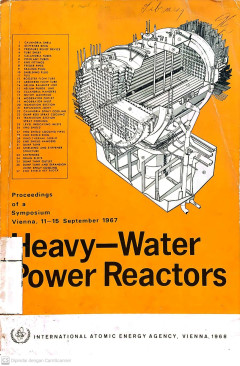
Heavy-Water Power Reactors: Proceedings of a Symposium Vienna, 11-15 Septembe…
Heavy-water reactors have evoked a great deal of interest since the early days of atomic power development. These reactors, by virtue of their good neutron economy, offer certain advantages over other types, including lower fuel inventory, versatility in fuel cycle with the possibility of using natural or enriched uranium as well as thorium, better fuel utilization, and consequently low fuel cy…
- Edisi
- -
- ISBN/ISSN
- -
- Deskripsi Fisik
- 981 p: illus.; 24 cm.
- Judul Seri
- Proceedings Series
- No. Panggil
- 621.483 IAE h
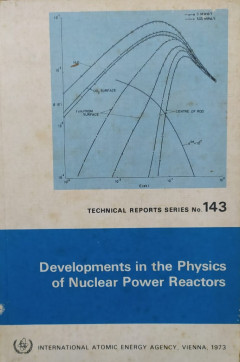
Developments in the Physics of Nuclear Power Reactors: Technical Reports Seri…
The reactor physicst must resist the tendency to become so immersed in day-to-day problems as to lose sight of the overall role of reactor physics. It is his responsibility to form an independent opinion of the overall requirements of a project with respect to reactor physics and to try to make sure they are met. The rest of this presentation gives a general picture of the areas in which rea…
- Edisi
- -
- ISBN/ISSN
- -
- Deskripsi Fisik
- 291 p., illus.; 24 cm.
- Judul Seri
- Technical Reports Series No. 143
- No. Panggil
- 621.483 IAE d
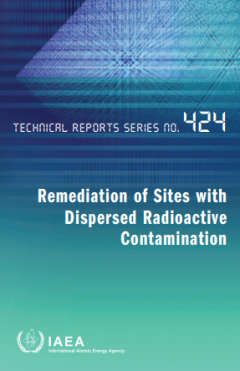
TRS No.424 Remediation of Sites with dispersed Radioactive Contamination
The term ‘remediation’ is used in this report to encompass all activities leading to reduced exposure to radiation and to an improved environmental and/or economic value of a site; it does not necessarily imply restoration to a pristine environmental state. The terms ‘rehabilitation’ and ‘restoration’ are often used interchangeably. In the context of this report remediation is taken…
- Edisi
- -
- ISBN/ISSN
- 92–0–114603–5
- Deskripsi Fisik
- 125 hal
- Judul Seri
- -
- No. Panggil
- 363.179907 IAE R
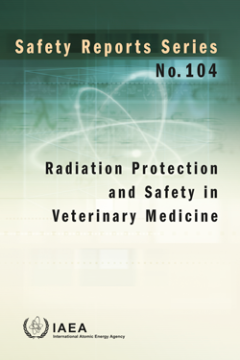
Radiation Protection and Safety in Veterinary Medicine (Safety Reports Series…
This Safety Report provides guidance on the safe use of radiation for imaging and treatment in veterinary medicine with the objective of ensuring the safety and radiation protection of workers and members of the public. The publication addresses occupational exposure and public exposure in the use of radiation in veterinary medicine and safety issues that should be considered in order to be com…
- Edisi
- -
- ISBN/ISSN
- 978-92-0-107319-8
- Deskripsi Fisik
- 186 hal
- Judul Seri
- -
- No. Panggil
- 616.07570289 IAE R
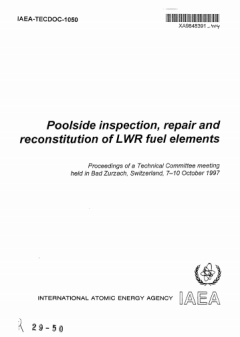
Poolside inspection, repair and reconstitution of LWR fuel elements (Proceedi…
The Technical Committee Meeting on Poolside Inspection, Repair and Reconstitution of LWR Fuel Elements was organized by the International Atomic Energy Agency upon the recommendations of the International Working Group on Fuel Performance Technology. At the invitation of the Government of Switzerland, the meeting was held in Bad Zurzach in October 1997 and hosted by Nordostschweizerische Kraftw…
- Edisi
- -
- ISBN/ISSN
- -
- Deskripsi Fisik
- -
- Judul Seri
- -
- No. Panggil
- 621.48335 IAE P
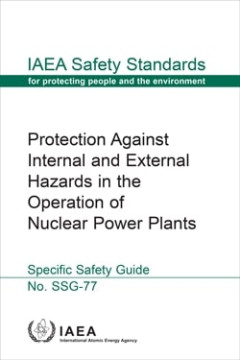
Protection Against Internal and External Hazards in the Operation of Nuclear …
This Safety Guide provides specific recommendations on protection against internal and external hazards in the operation of nuclear power plants. It provides new or updated recommendations derived from enhanced understanding of operational aspects of hazards and combinations of hazards. Operating experience gained from incidents and accidents in nuclear power plants around the world has demonst…
- Edisi
- -
- ISBN/ISSN
- 978–92–0–101522–8 (pdf)
- Deskripsi Fisik
- 83 p
- Judul Seri
- IAEA safety standards series
- No. Panggil
- 621.039.58 IAE p

Emergency Preparedness and Response Information Management System (EPRIMS): E…
At its 59th regular session, the IAEA General Conference adopted resolution GC(59)/RES/9, which “[e]ncourages Member States to ensure regular self-assessments of their domestic nuclear, radiation, transport and waste safety, as well as emergency preparedness, using the IAEA self-assessment tools and taking into account the relevant IAEA Safety Standards”. To assist Member States in completi…
- Edisi
- -
- ISBN/ISSN
- 2518–685X
- Deskripsi Fisik
- 129 p
- Judul Seri
- -
- No. Panggil
- 539.75 IAE e

Guidelines for the Certification of Clinically Qualified Medical Physicists -…
Physicists work in many health-related areas, such as: clinical settings, academia (teaching and research), industry (technology development and servicing), national and local government regulatory agencies, accreditation agencies, laboratories (calibration and dosimetry laboratories), and standards’ organizations. Clinically qualified medical physicists (CQMPs) are professionals working i…
- Edisi
- -
- ISBN/ISSN
- -
- Deskripsi Fisik
- 44 pages, 1.4 MB
- Judul Seri
- -
- No. Panggil
- -
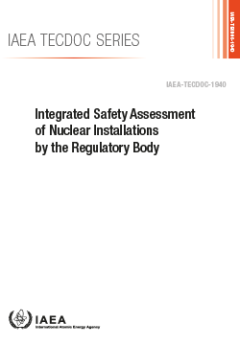
Integrated Safety Assessment of Nuclear Installations by the Regulatory Body …
The effectiveness of nuclear regulatory systems is enhanced by portraying transparency and openness in communicating all matters relating to safety to the public and stakeholders. This plays an important role in maintaining and enhancing public confidence on the safe use of nuclear energy for socioeconomic development. The regulatory body, in presenting the comprehensive safety status of nuclea…
- Edisi
- -
- ISBN/ISSN
- 978-92-0-133521-0
- Deskripsi Fisik
- 70 Pages, 199 MB
- Judul Seri
- -
- No. Panggil
- 621.483 IAE
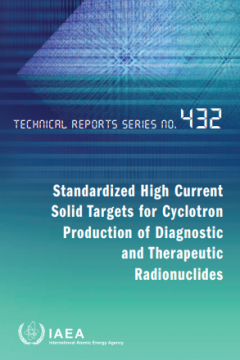
TRS No.432.Standardized Hight Currant Solid Targets for Cylotron Production o…
Radioisotopes produced by cyclotrons, and their corresponding radiopharmaceuticals, have been shown to be extremely valuable in basic medical research, disease diagnosis and radiotherapy treatment. More than 300 cyclotron facilities exist worldwide and the number is growing. A number of IAEA Member States have acquired cyclotrons to produce radioisotopes for nuclear medicine and several others …
- Edisi
- -
- ISBN/ISSN
- 92–0–109304–7
- Deskripsi Fisik
- 82 pages
- Judul Seri
- -
- No. Panggil
- 616.075 IAE S
 Karya Umum
Karya Umum  Filsafat
Filsafat  Agama
Agama  Ilmu-ilmu Sosial
Ilmu-ilmu Sosial  Bahasa
Bahasa  Ilmu-ilmu Murni
Ilmu-ilmu Murni 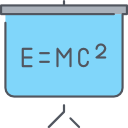 Ilmu-ilmu Terapan
Ilmu-ilmu Terapan  Kesenian, Hiburan, dan Olahraga
Kesenian, Hiburan, dan Olahraga  Kesusastraan
Kesusastraan  Geografi dan Sejarah
Geografi dan Sejarah